|
 |
Our commitment
Our team is internationally committed to spreading
constructed wetland ecotechnology into the areas most in need: countries with little sanitation infrastructure, semi-desert/desert and tropical climates, ocean and/or waterways
coastlines and lands where water conservation and reutilization
is essential.
Each member of our network works independently but may collaborate with other members on specific projects, designing constructed wetlands being a member’s full time occupation or part of a member’s complementary activities.
Depending on project location, dimension and nature (kind of wastewater, to be integrated or not with public landascaping, kind of ecosystem receiving treated water and/or agricultural reuse, etc.), we work with a network of
people and at times organizations around the world with complementary expertise who join us on a
per-project basis.
We either bring together our own construction teams or work with the Client's constructor.
Our Expertise
Among the WWG team ....
Dr. Mark Nelson
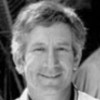 Nelson is Chairman and CEO of the Institute of Ecotechnics and Director of the Birdwood Downs project in West Australia since 1978. He is the former Director of Space and Environmental Applications for Space Biospheres Ventures (1985-94), and a member of the 8-person closure team in BIOSPHERE 2, 1991-1993, where he managed the constructed wetland used for wastewater treatment in the facility. Mark completed his doctorate in Environmental Engineering Sciences at the University of Florida, with a dissertation on subsurface flow wetlands in tropical coastal environments. He has worked for several decades in closed ecological system research, ecological engineering, the restoration of damaged ecosystems, desert agriculture, orchardry and wastewater recycling. He was a summa cum laude graduate from Dartmouth College, Phi Beta Kappa and is a member of Phi Kappa Phi, the honors engineering society.
Nelson is Chairman and CEO of the Institute of Ecotechnics and Director of the Birdwood Downs project in West Australia since 1978. He is the former Director of Space and Environmental Applications for Space Biospheres Ventures (1985-94), and a member of the 8-person closure team in BIOSPHERE 2, 1991-1993, where he managed the constructed wetland used for wastewater treatment in the facility. Mark completed his doctorate in Environmental Engineering Sciences at the University of Florida, with a dissertation on subsurface flow wetlands in tropical coastal environments. He has worked for several decades in closed ecological system research, ecological engineering, the restoration of damaged ecosystems, desert agriculture, orchardry and wastewater recycling. He was a summa cum laude graduate from Dartmouth College, Phi Beta Kappa and is a member of Phi Kappa Phi, the honors engineering society.
Florence Cattin
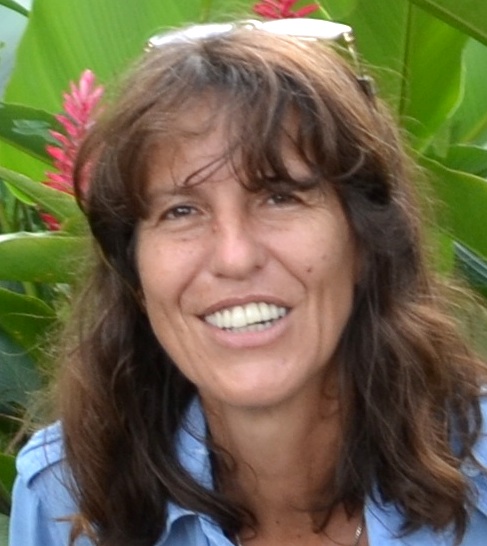 Florence has been a member of the international network of constructed wetlands designers Wastewater Gardens International (WWG) since 2003; she is in charge of international operations with Dr Mark Nelson and has designed sewage treatment plants in 6 countries to date. She advises in sustainable wastewater management and is an international project officer for the Institute of Ecotechnics. She also initiated actual accounting of water consumption and excreta nutrients in all projects and has been a tireless lecturer about the basis of sustainable sanitation. She was part of the team who introduced constructed wetlands in Algeria by building the first unit to serve as a base model for subsequent wastewater treatement, today in the process of being installed at larger scale in several municipalities. She is the author and co. author of several publications and of “sanitation fact sheets” freely available to the public. She is a trainer in horizontal-flow constructed weltand design and active in calling for more action in investing and implementing in proven solutions to many of our current ecological plights.
Florence has been a member of the international network of constructed wetlands designers Wastewater Gardens International (WWG) since 2003; she is in charge of international operations with Dr Mark Nelson and has designed sewage treatment plants in 6 countries to date. She advises in sustainable wastewater management and is an international project officer for the Institute of Ecotechnics. She also initiated actual accounting of water consumption and excreta nutrients in all projects and has been a tireless lecturer about the basis of sustainable sanitation. She was part of the team who introduced constructed wetlands in Algeria by building the first unit to serve as a base model for subsequent wastewater treatement, today in the process of being installed at larger scale in several municipalities. She is the author and co. author of several publications and of “sanitation fact sheets” freely available to the public. She is a trainer in horizontal-flow constructed weltand design and active in calling for more action in investing and implementing in proven solutions to many of our current ecological plights.
Dr. Davide Tocchetto
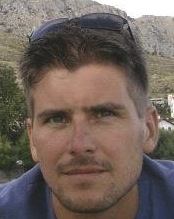 PhD in Environmental Agronomy, Davide is a constructed wetland designer and researcher since 1998 and also holds a degree in Agricultural Sciences. He has designed numerous constructed wetlands treatment plants for municipalities worldwide, is a member of a University spin-off at Padova University in Italy and the founder and principal editor of an on-line blog about wetlands to treat wastewater (<http://www.treatmentwetlands.blogspot.com/>). In parallel to constructed wetland field applications for wastewater treatment, he has conducted and published university research about horizontal, vertical and floating wetlands for animal, industrial and human wastewaters. He is a regular participant of international meetings and conferences on wastewater treatment with passive systems and constructed wetlands. He has taught about constructed wetlands in over 45 national and international courses, seminars and workshops and brings to the WWG international network a proven expertise of many years. PhD in Environmental Agronomy, Davide is a constructed wetland designer and researcher since 1998 and also holds a degree in Agricultural Sciences. He has designed numerous constructed wetlands treatment plants for municipalities worldwide, is a member of a University spin-off at Padova University in Italy and the founder and principal editor of an on-line blog about wetlands to treat wastewater (<http://www.treatmentwetlands.blogspot.com/>). In parallel to constructed wetland field applications for wastewater treatment, he has conducted and published university research about horizontal, vertical and floating wetlands for animal, industrial and human wastewaters. He is a regular participant of international meetings and conferences on wastewater treatment with passive systems and constructed wetlands. He has taught about constructed wetlands in over 45 national and international courses, seminars and workshops and brings to the WWG international network a proven expertise of many years.
I Gede Sugiartha
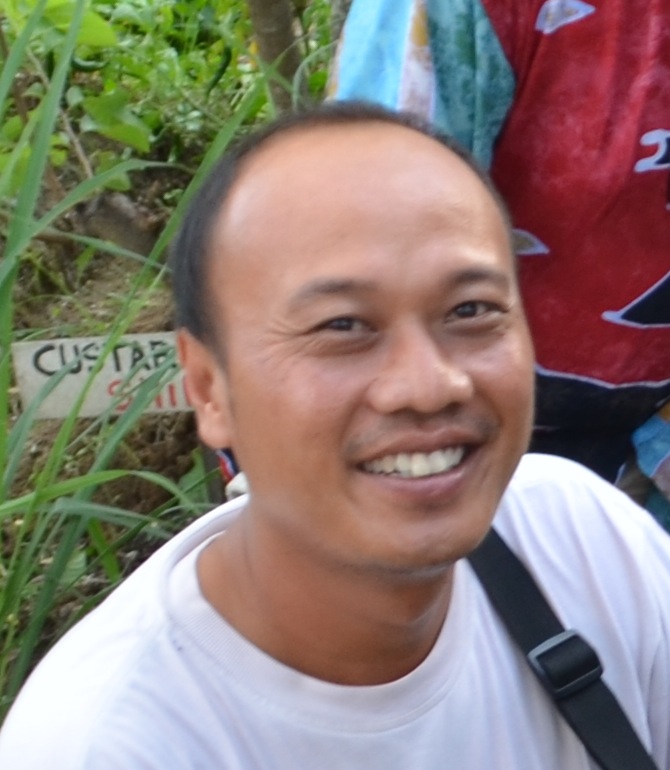 Gede joined our network in 2012 with a degree in environmental engineering and a strong involvement in community development. He is also a talented film/documentary maker and was the director of IDEP media, and now of Lentera Talenta, aimed at raising awareness on crucial environmental and social issues such as disaster management, permaculture and community advocacy where he is also a trainer. Among his numerous affiliations, he is a co.founder of Alam Santi Design, on the Board of advisors for Village Ecotourism Network Bali (JED) a member of Wisnu Foundation and of the network Indonesian Volunteer for Social Movement (INVOLVEMENT) - INSIST. Multifaceted and strongly committed to the sustainable development of his native Indonesian Bali province, Gede is a driving force in implementing constructed wetlands, both for the private-sector and community-based sanitation, in Bali and in the surrounding region. Gede joined our network in 2012 with a degree in environmental engineering and a strong involvement in community development. He is also a talented film/documentary maker and was the director of IDEP media, and now of Lentera Talenta, aimed at raising awareness on crucial environmental and social issues such as disaster management, permaculture and community advocacy where he is also a trainer. Among his numerous affiliations, he is a co.founder of Alam Santi Design, on the Board of advisors for Village Ecotourism Network Bali (JED) a member of Wisnu Foundation and of the network Indonesian Volunteer for Social Movement (INVOLVEMENT) - INSIST. Multifaceted and strongly committed to the sustainable development of his native Indonesian Bali province, Gede is a driving force in implementing constructed wetlands, both for the private-sector and community-based sanitation, in Bali and in the surrounding region.
Mark van Thillo
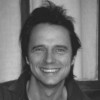 Mr. Van Thillo is currently a Director and the Chief Operations Officer of the Biosphere Foundation and its division the Planetary Coral Reef Foundation, as well as a Director and Vice-President of Technical Systems for the Global Ecotechnics Corporation, a company in charge of designing with the Biosphere Foundation a 1,200 sq. ft. modular closed ecological system for advanced studies pertaining to a manned Mars-based habitat. Former co. Captain for the two year BIOSPHERE 2 experiment where he was responsible for the maintenance and operation of all technical equipment, he was also in charge of all construction quality control for the Biosphere 2 project (1986-1991) and from 1993-1994, Executive Manager of Technical Systems for Space Biospheres Ventures, the company managing BIOSPHERE 2. He is an on-site WWG construction supervisor when project size calls for his expertise.
Mr. Van Thillo is currently a Director and the Chief Operations Officer of the Biosphere Foundation and its division the Planetary Coral Reef Foundation, as well as a Director and Vice-President of Technical Systems for the Global Ecotechnics Corporation, a company in charge of designing with the Biosphere Foundation a 1,200 sq. ft. modular closed ecological system for advanced studies pertaining to a manned Mars-based habitat. Former co. Captain for the two year BIOSPHERE 2 experiment where he was responsible for the maintenance and operation of all technical equipment, he was also in charge of all construction quality control for the Biosphere 2 project (1986-1991) and from 1993-1994, Executive Manager of Technical Systems for Space Biospheres Ventures, the company managing BIOSPHERE 2. He is an on-site WWG construction supervisor when project size calls for his expertise.
Dr. Andrzej Czech
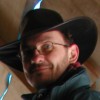 Dr. Andrzej Czech was a driving force in the establishment of the Carpathian
Heritage Society in April 1999. It developed into a constructive organisation,
which actively participates in the protection and rebuilding (rejuvenation)
of the natural and cultural environment of the Carpathian Mountains. Sustainable
development is the foundation of its activities as a chance for present
and future. A Ph.D. graduate of Jagellonian University in Krakow, his
dissertation research centered on the reintroduction of the beaver to
the areas. Andrzej, working in conjunction with Wastewater Gardens International,
established the first pilot-project demonstrations of the technology in
Poland at the Magursky National Park University field station and in the
Tri-Lateral Biosphere Reserve in the Carpathians near Lutowiska. Dr. Andrzej Czech was a driving force in the establishment of the Carpathian
Heritage Society in April 1999. It developed into a constructive organisation,
which actively participates in the protection and rebuilding (rejuvenation)
of the natural and cultural environment of the Carpathian Mountains. Sustainable
development is the foundation of its activities as a chance for present
and future. A Ph.D. graduate of Jagellonian University in Krakow, his
dissertation research centered on the reintroduction of the beaver to
the areas. Andrzej, working in conjunction with Wastewater Gardens International,
established the first pilot-project demonstrations of the technology in
Poland at the Magursky National Park University field station and in the
Tri-Lateral Biosphere Reserve in the Carpathians near Lutowiska.
|

